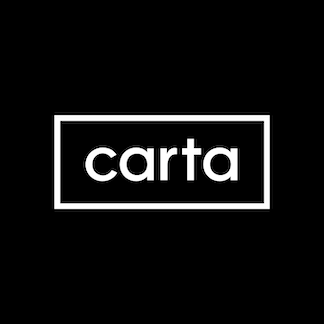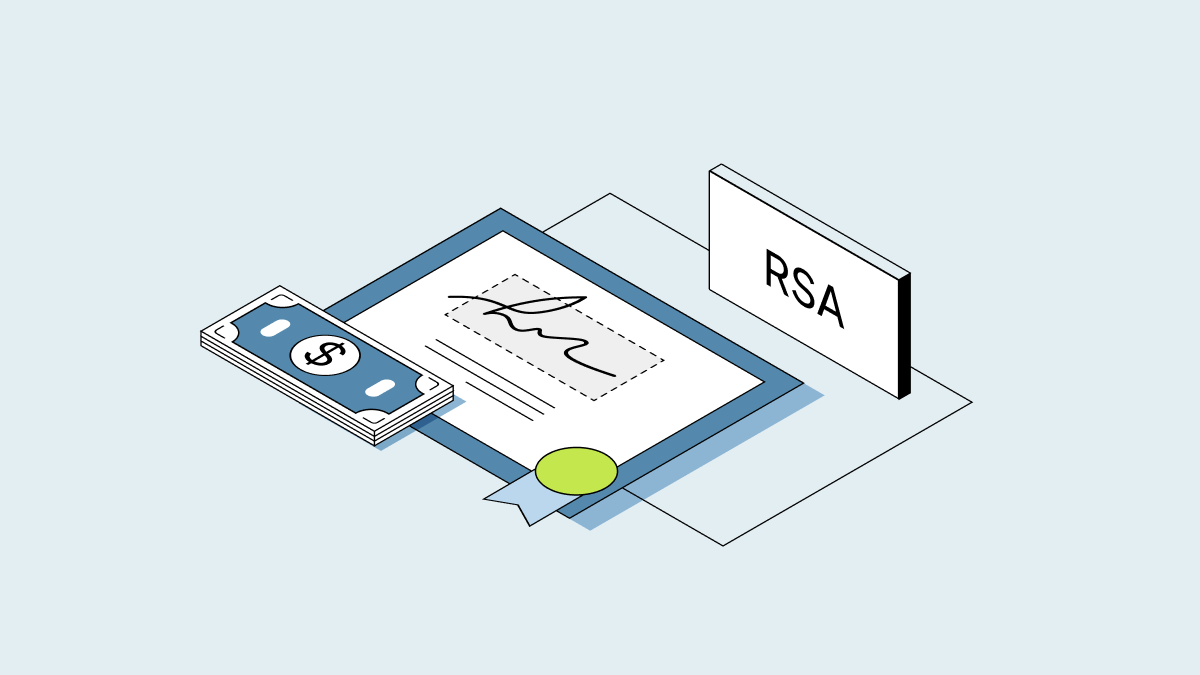What is a term sheet?
A term sheet is a preliminary, non-binding document outlining the proposed investment amount and other important details of a deal. When you’re raising funds for your startup, a lead investor will use a term sheet to outline the key points of their offer to invest in your company. It is followed by more detailed legal paperwork if the deal is pursued.
The term sheet is usually the first time an investor will formally declare their interest in investing in your company. Putting the basic terms of the investment in writing helps prevent miscommunication and helps both parties determine if they want to move forward before incurring additional legal expenses to continue negotiations.
In this video, startup attorney Mike LaPlante breaks down section 1 of a Series A term sheet: the offering terms. We learn:
-
The difference between the stated pre-money valuation in the term sheet, and the effective pre-money valuation after all mathematical factors have been considered.
-
How the size of the option pool can be an important negotiation lever for the investor.
When are term sheets used?
Term sheets are typically used when a startup is raising a round of financing at a specific valuation, known as a priced round. During this type of fundraise, an investor exchanges money for preferred stock in your company at a price per share determined by the valuation. Term sheets may be used during a seed round, but they are more common at the Series A round and beyond.
The valuation is one of the most important elements of a term sheet and distinguishes it from similar documents, such as SAFEs, which are used in earlier funding rounds when your company’s valuation is not yet known. A SAFE (Simple Agreement for Future Equity) gives an investor the right to convert their investment into company shares in the future, once the valuation is known.
Term sheets are also often used for SAFE or convertible note rounds, but are used less frequently than for priced rounds because of the relative simplicity of SAFE and convertible note legal documents.
Term sheet examples: What’s included?
Along with setting the valuation for the company, a term sheet details the amount of the investment and detailed terms around the calculations of pricing for the preferred shares the investor will receive for their money. A term sheet also establishes the investor‘s rights.
In this video, Mike takes us into the second section of our Series A term sheet: the charter. We learn about:
-
The charter: a list of rights your preferred shareholders are entitled to after you accept money from them.
-
How much equity investors typically expect to take when they invest in your Series A.Protective provisions, the specific actions you need investor permission for.
Below are some examples of what you’ll find in each part of a term sheet.
Pricing terms
The offering terms may detail the following information:
-
The investor’s suggested pre-money valuation (how much the company was worth before the investment) or the post-money valuation (how much the company is worth with the new investment added)
-
The raise amount (how much they are investing)
-
The target size of the available employee equity pool (the portion of company shares reserved for issuance of options in new-hire grants or refresh/top-up/retention grants)
The option pool can significantly affect the price of company shares sold in the preferred stock round and can be used as a lever for investors to lower the price per share and minimize future dilution (depending on how it is structured).
Economic rights
Holders of preferred stock will receive certain economic investor rights. These include:
-
Liquidation preference: the right to receive their money back first in an exit event such as an M&A event, IPO, or liquidation/wind-down of the company
-
Pro rata rights (also known as participation rights or pre-emptive rights): the right to invest in a future round of financing to maintain their ownership level
-
Anti-dilution protection: a price adjustment in case of a future down round
Control rights
In this video, Mike takes us into the five major agreements you’ll typically find in a Series A term sheet, starting with the first two: The stock purchase agreement and investor rights agreement. We learn:
-
In association with the financing, your investors will typically ask you to cover their legal fees (up to a certain amount).
-
How the threshold for “major investors” is defined, and what it means for you.
-
What the rights of your “major investors” are, and how they differ from your other investors.
Venture capital (VC) investors typically require certain control rights as well. These include:
-
Investor board seat: the lead investor will usually take a board seat
-
Preferred stockholder veto rights (also known as protective provisions): What decisions will need investors’ permission to make?
-
Waiver and amendment provisions (for the financing documents): could affect investors’ ability to block a future financing round
-
Right of first refusal (ROFR) and co-sale rights on common stock transfers: right to purchase stock first if a founder or other large common stockholder tries to sell to a third party, or to sell alongside them
-
Drag-along rights: making sure no large stockholder can cause a holdout problem if the board and stockholders are otherwise aligned on selling the company to an acquirer
In this video, Mike takes us through the right of first refusal and co-sale agreement and the voting agreement. We learn:
-
Drag-along rights exist for administrative ease. If the majority of the common holders, preferred holders, and board of directors approve a sale of the company, this clause states that everyone signed to this agreement agrees to vote in favor of the sale as well.
-
Board structure is one of the most important things you’ll negotiate in a term sheet. Mike takes us through the various subtleties in a term sheet that could result in the founder losing control of their company.
-
Some investors will ask you to re-vest your shares, which typically shows up in the “Other Matters” section of the term sheet.
While all elements of a term sheet are important, some are more standardized while others are more commonly negotiated. A lawyer can help negotiate your term sheets.
At Carta, we help startups with fundraising, compensation, valuations, equity management, and much more. Talk to us to find out how we can help you grow.




